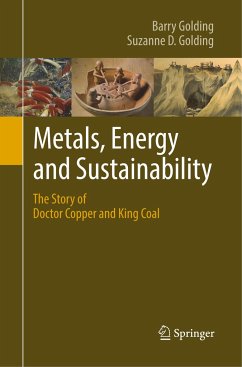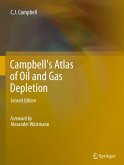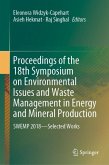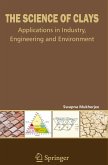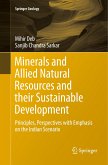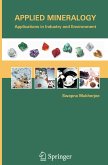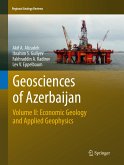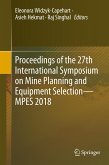This book explains how and where copper and fossil fuels were formed and the likely future for the extraction of copper and coal. The colourful chronology of our efforts to extract metals from minerals and energy from fossil fuels is presented from earliest times until the present day. The difficult concept of human sustainability is examined in the context of continually decreasing real prices of energy and metals. This book integrates the latest findings on our historic use of technology to continually produce cheaper metals even though ore grades have been decreasing. Furthermore, it shows that the rate of technological improvement must increase if metals are to be produced even more cheaply in the future.
"Another recent and excellent publication on the topic focuses on the sustainability and historical development of global coal and copper resources, defined by the authors as "critical components in our species development." (Robert Bowell, Elements, Vol. 13 (5), October, 2017)
"A valuable resource for everyone concerned about the future availability of any material that has to be extracted from the earth. Certainly, this book should be prescribed reading for anyone who dares to pontificate on issues of sustainability. ... The text is illuminated by 80 figures: graphs that effectively present in visual form the sometimes complex analyses and photographs that bring the accounts to life." (Keith Sweatman, Bulletin Magazine, August, 2017)
"In our era, as global challenges rightly take centre stage, this book is very timely. ... This highly readable book of only four chapters provides a worked example of how much insight can be obtained by rigorous scrutiny of the inter-dependencies between just two Earth resources. ... The lively prose and striking colour illustrations make for an enjoyable read. ... It is essential reading for anyone interested in the contemporary interface between economic geology and sustainability debates." (Paul L. Younger, Geoscientist, geolsoc.org.uk, June, 2017)
"This book principally traces the development of copper metal as a major commodity through the ages; an element that has played, and continues to play, a major role in the technological developments that have supported civilisations over the millennia. ... This is an entertaining and informative read for those interested in the technological developments that have enabled civilisations to use this important metal, and in the future supply and use of the world's natural resources." (Peter Hayes, Mineral Processing and Extractive Metallurgy, Vol. 126 (3), 2017)
"A valuable resource for everyone concerned about the future availability of any material that has to be extracted from the earth. Certainly, this book should be prescribed reading for anyone who dares to pontificate on issues of sustainability. ... The text is illuminated by 80 figures: graphs that effectively present in visual form the sometimes complex analyses and photographs that bring the accounts to life." (Keith Sweatman, Bulletin Magazine, August, 2017)
"In our era, as global challenges rightly take centre stage, this book is very timely. ... This highly readable book of only four chapters provides a worked example of how much insight can be obtained by rigorous scrutiny of the inter-dependencies between just two Earth resources. ... The lively prose and striking colour illustrations make for an enjoyable read. ... It is essential reading for anyone interested in the contemporary interface between economic geology and sustainability debates." (Paul L. Younger, Geoscientist, geolsoc.org.uk, June, 2017)
"This book principally traces the development of copper metal as a major commodity through the ages; an element that has played, and continues to play, a major role in the technological developments that have supported civilisations over the millennia. ... This is an entertaining and informative read for those interested in the technological developments that have enabled civilisations to use this important metal, and in the future supply and use of the world's natural resources." (Peter Hayes, Mineral Processing and Extractive Metallurgy, Vol. 126 (3), 2017)

